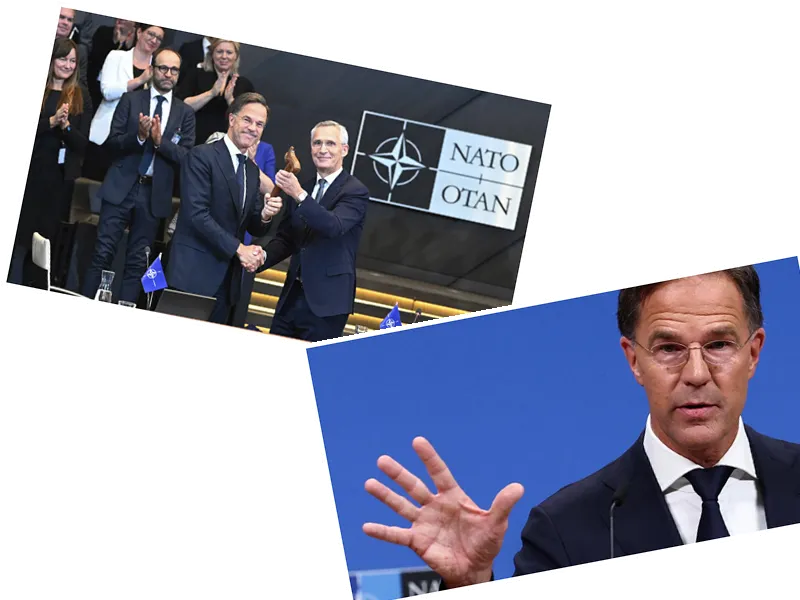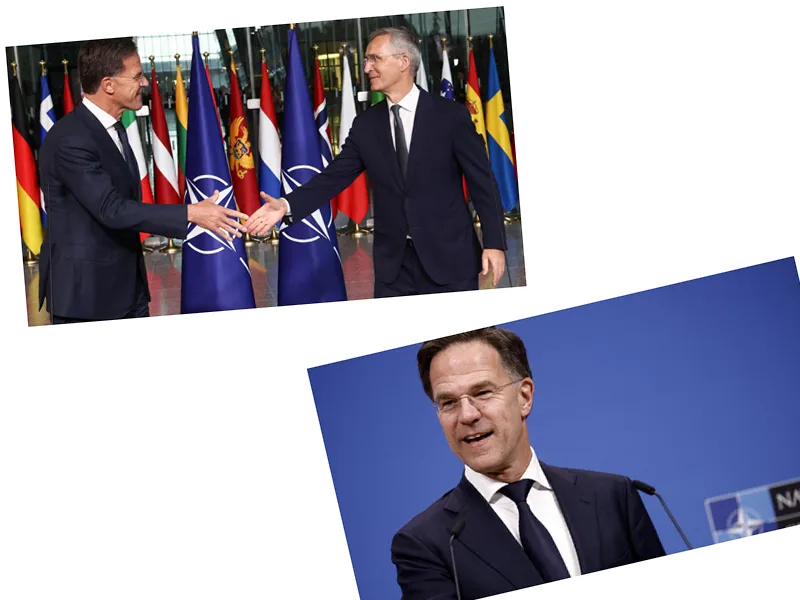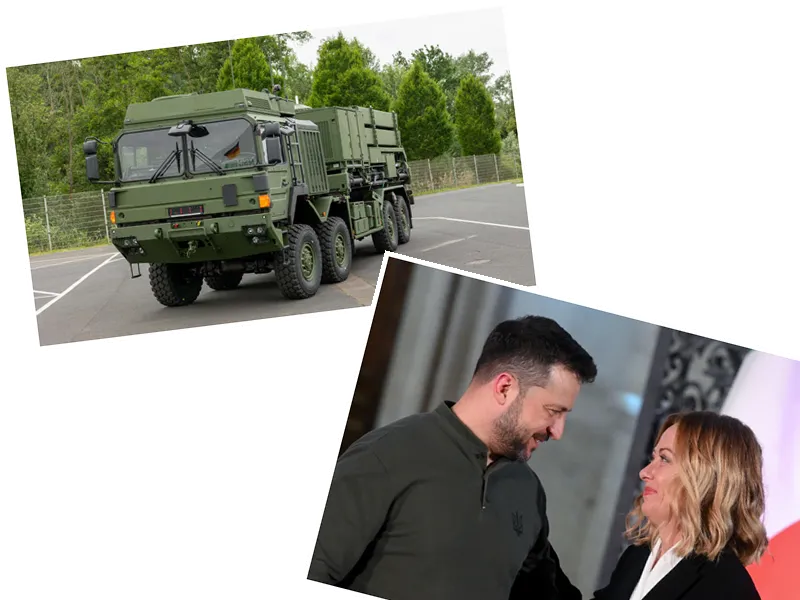NATO's 75th Anniversary Summit: Key Issues and Future Challenges
The 75th anniversary of the North Atlantic Treaty Organization (NATO) is being marked by a significant summit in Washington. The agenda is packed with critical issues such as Ukraine, deterring Russia, containing the Chinese threat, and defense spending. President Biden's recent performance in the electoral debate against Donald Trump has raised concerns among Democratic Party members, with some calling for his withdrawal from the presidential race. The summit has attracted hundreds of officials and thousands of journalists from around the world.
US Secretary of Defense Lloyd Austin emphasized the importance of NATO, describing it as a force for peace and security over the past 75 years. President Biden echoed this sentiment, calling NATO 'the greatest military alliance in the history of the world.' However, the alliance faces challenges, including the ongoing Russian war on Ukraine and skepticism about the US commitment to NATO.
Max Bergman, director of the Euro-Atlantic and Northern European Studies Program at the Center for Strategic and International Studies, noted that the NATO summit comes at one of the best and worst times for the alliance. While NATO has successfully expanded by including Finland and Sweden, the continued Russian aggression and the need for increased European defense spending create significant challenges.
The Role of the US Navy and Future Warfare
The American aircraft carrier Gerald Ford, the largest and most advanced of its kind, recently returned from a mission in the eastern Mediterranean aimed at preventing the Gaza conflict from spreading. This mission highlights the ongoing importance of NATO's military capabilities. The Gerald Ford is equipped with cutting-edge technologies, including electromagnetic shuttles and dual radar systems, making it a symbol of US and NATO power.
NATO's Allied Command for Transformation (ACT), based in Norfolk, Virginia, is focused on predicting future warfare trends. The ACT's mission is to analyze trends that may shape the next 20 years and prepare the alliance for future challenges. British Vice Admiral Tim Henry emphasized the complexity of modern threats, including cyber missile threats, terrorism, and climate change. The ACT aims to ensure NATO's digital transformation and the interoperability of its equipment.
The ACT has identified seven macrotrends that will shape the future, including climate degradation, resource scarcity, disruptive technologies, and competition for common spaces. The work of the ACT is crucial in preparing NATO for future conflicts, which will likely extend beyond traditional battlefields to cyberspace and beyond the stratosphere.
- The NATO summit in Washington has drawn significant global attention, with leaders from 32 member states and numerous non-member countries in attendance. The summit comes at a crucial time, as NATO faces both internal and external challenges.
- President Biden's recent electoral debate performance has sparked discussions within the Democratic Party about the future of his candidacy. Meanwhile, the ongoing Russian war on Ukraine remains a central concern for NATO members.
- The American aircraft carrier Gerald Ford, a symbol of US military power, recently completed a mission in the eastern Mediterranean. This mission underscores the importance of NATO's military capabilities in addressing global conflicts.
- NATO's Allied Command for Transformation (ACT) is focused on preparing the alliance for future challenges. The ACT's work includes analyzing trends such as climate change, resource scarcity, and disruptive technologies, which will shape the nature of future conflicts.






